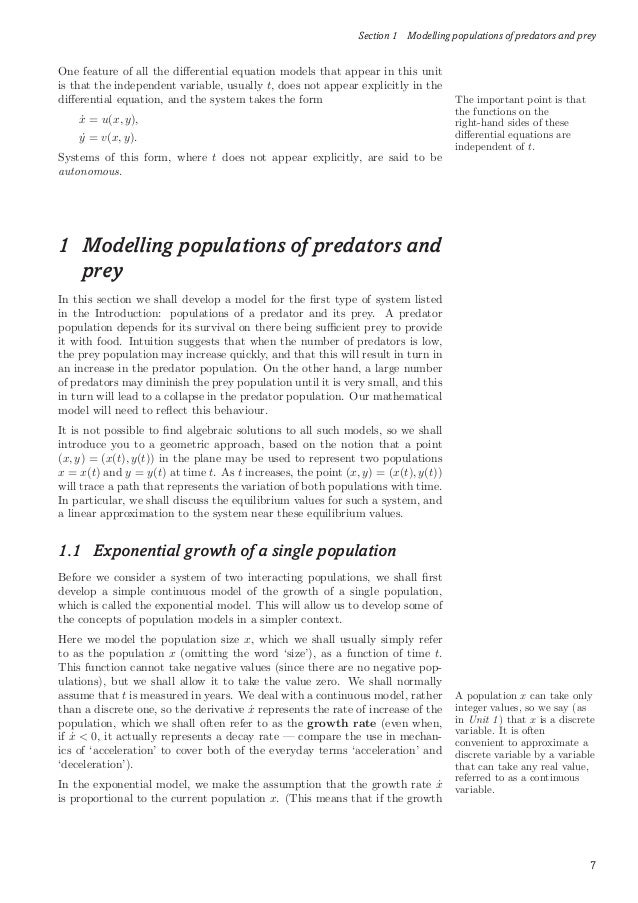Know some basic definitions and terminology associated with scalars and vectors and how to represent vectors in two dimensions. Mathematical methods and models (MST209) or find out about studying and developing your skills with The Open University. OU study explained. Skills for study.
Solve real problems by finding out how they are transformed into mathematical models and learning the methods of solution. This module covers classical mechanical models as well as some non-mechanical models such as population dynamics; and methods including vector algebra, differential equations, calculus (including several variables and vector calculus), matrices, methods for three-dimensional problems, and numerical methods.


Teaching is supported and enhanced by use of a computer algebra package. This module is essential for higher level study of applied mathematics. Lame v3 98.2 for audacity on windows exe. To study this module you’ll need a sound knowledge of mathematics as developed in Essential mathematics 1 (MST124) and Essential mathematics 2 (MST125) or equivalent. The OU strives to make all aspects of study accessible to everyone and this outlines what studying MST210 involves.
You should use this information to inform your study preparations and any discussions with us about how we can meet your needs. Modules count towards OU qualifications OU qualifications are modular in structure; the credits from this undergraduate module could count towards a certificate of higher education, diploma of higher education, foundation degree or honours degree. Browse qualifications in related subjects. What you will study This module will be of particular interest to you if you use mathematics or mathematical reasoning in your work and feel that you need a firmer grounding in it, or if you think you might find it useful to extend your application of mathematics to a wider range of problems. The module is also very suitable for those planning to teach applied mathematics. Around half of this module is about using mathematical models to represent suitable aspects of the real world; the other half is about mathematical methods that are useful in working with such models. The work on models is devoted mainly to the study of classical mechanics, although non-mechanical models – such as those used in population dynamics – are also studied.
The process of mathematical modelling, based on simplifying assumptions about the real world, is outlined. You will work in groups to create a mathematical model and to produce a mini-report. The work on methods comprises topics chosen for their usefulness in dealing with the models; the main emphasis is on solving the problems arising in the real world, rather than on axiom systems or rigorous proofs.
These methods include differential equations, linear algebra, advanced calculus and numerical methods. You’ll begin the mechanics part of the module with statics, where there are forces but no motion, and then you’ll be introduced to the fundamental laws governing the motions of bodies acted on by forces – Newton's laws of motion. These are applied to model: • the motion of a particle moving in a straight line under the influence of known forces • undamped oscillations • the motion of a particle in space • the motions of systems of particles • the damped and forced vibrations of a single particle • the motion (and vibrations) of several particles. In the methods part of the module you’ll cover both analytic and numerical methods. You’ll explore the analytical (as opposed to numerical) solution of first-order and of linear, constant-coefficient, second-order ordinary differential equations, followed by systems of linear and non-linear differential equations and an introduction to methods for solving partial differential equations.
The topics in algebra are vector algebra, the theory of matrices and determinants, and eigenvalues and eigenvectors. You’ll develop the elements of the calculus of functions of several variables, including vector calculus and multiple integrals, and make a start on the study of Fourier analysis. Finally, the study of numerical techniques covers the solution of systems of linear algebraic equations, methods for finding eigenvalues and eigenvectors of matrices, and methods for approximating the solution of differential equations. You will learn Successful study of this module should improve your skills in being able to think logically, express ideas and problems in mathematical language, communicate mathematical arguments clearly, interpret mathematical results in real-world terms and find solutions to problems. Professional recognition This module may help you to gain membership of the Institute of Mathematics and its Applications (IMA).